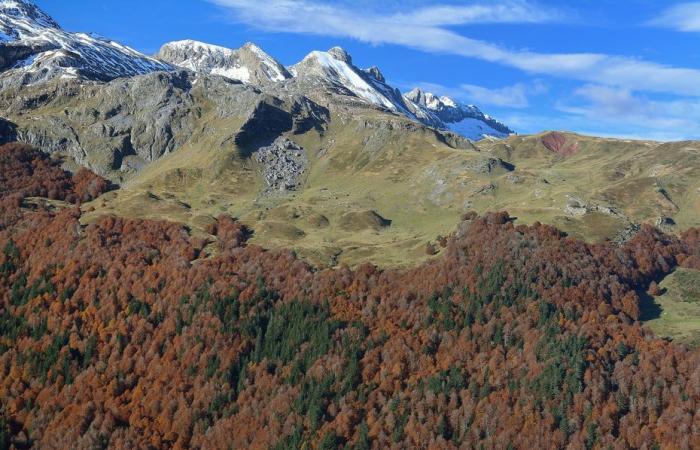Exceptionally high nighttime temperatures were recorded in the southwest of France, notably reaching a peak of 26.3°C in Pau and 23.4°C in Tarbes (Hautes-Pyrénées), due to a wind from South and the Foehn effect. This meteorological phenomenon, amplified by the Pyrenean relief, caused heat records for the month of November, illustrating once again the impacts of climate change.
The essentials of the day: our exclusive selection
Every day, our editorial team reserves the best regional news for you. A selection just for you, to stay in touch with your regions.
France Télévisions uses your email address to send you the newsletter “The essentials of the day: our exclusive selection”. You can unsubscribe at any time via the link at the bottom of this newsletter. Our privacy policy
Exceptionally high night temperatures for the month of November were recorded on the night of Sunday November 24, 2024, particularly in the South-West of France. Météo France reports unprecedented heat levels, with a peak of 26.3°C recorded in Pau.
This unusual phenomenon is explained by the combination of two factors: a southerly wind bringing a mass of hot air across the whole country, and the foehn effect particularly marked in the Pyrénées-Atlantiques, Landes and Hautes. -Pyrenees. The Foehn effect, a meteorological phenomenon linked to relief, occurs when the wind crosses a mountain barrier, causing significant warming of the air.
Read: WEATHER. What is the Foehn effect, this phenomenon at the origin of the 30° predicted this weekend?
Last night, it caused abnormally high temperatures in several cities in the South-West:
This phenomenon is not limited to the Pyrenees. Brittany experienced notable temperature differences between the northern and southern coasts of the region.
Matthieu Sorel, climatologist at Météo-France, emphasizes that these temperatures are “very impressive” for the month of November and attributes them directly to climate change. He specifies that such warm air masses at this time of year would be improbable without global warming.
This nocturnal heat wave takes place in a context of marked climatic fluctuations. It contrasts with the early winter episode of last week, which brought significant snowfall to the northern half of France. According to experts, these extreme variations between “small cold anomalies” and “very large warm anomalies” are characteristic of ongoing climate change.






